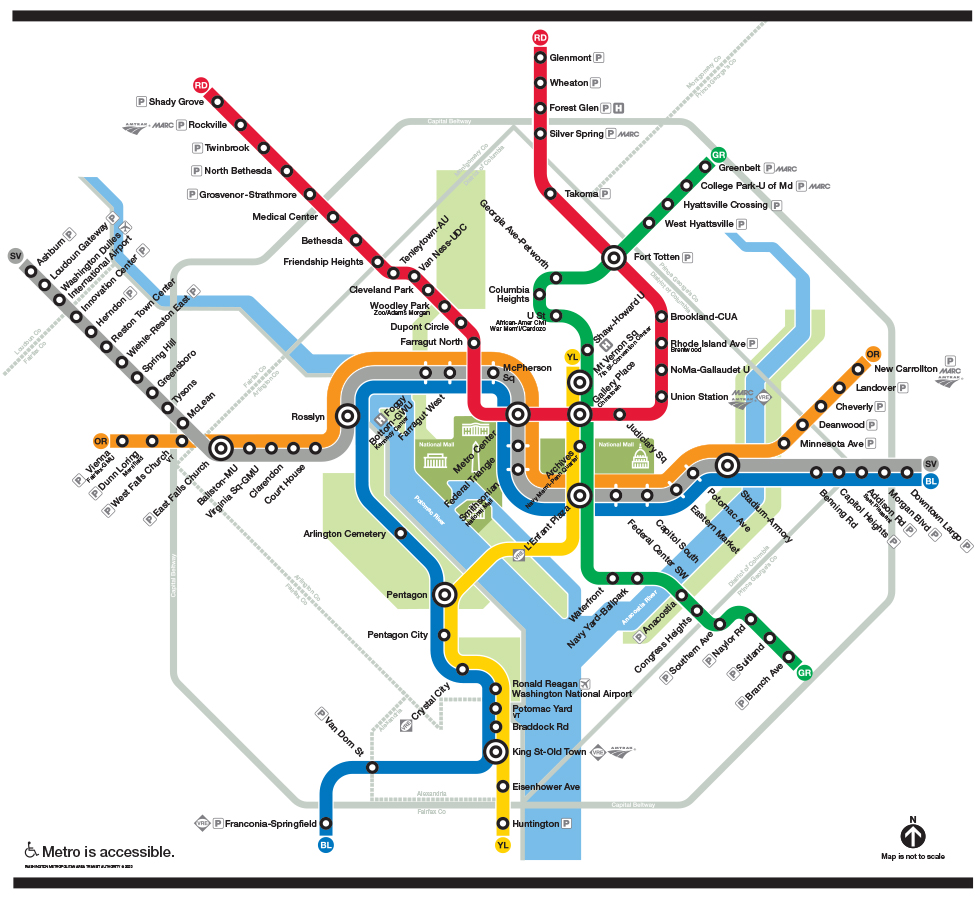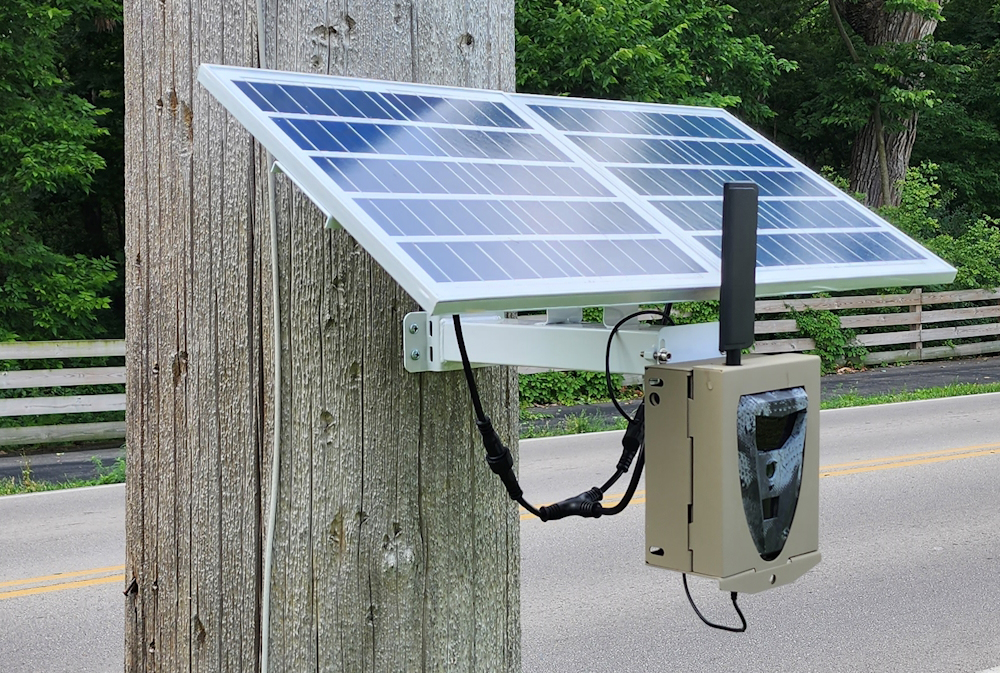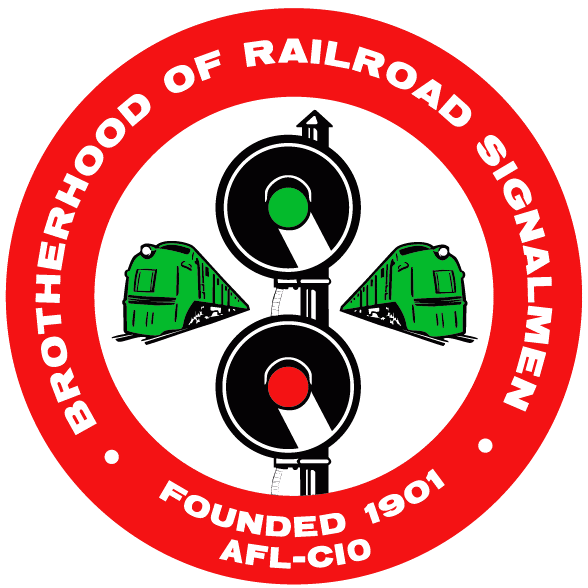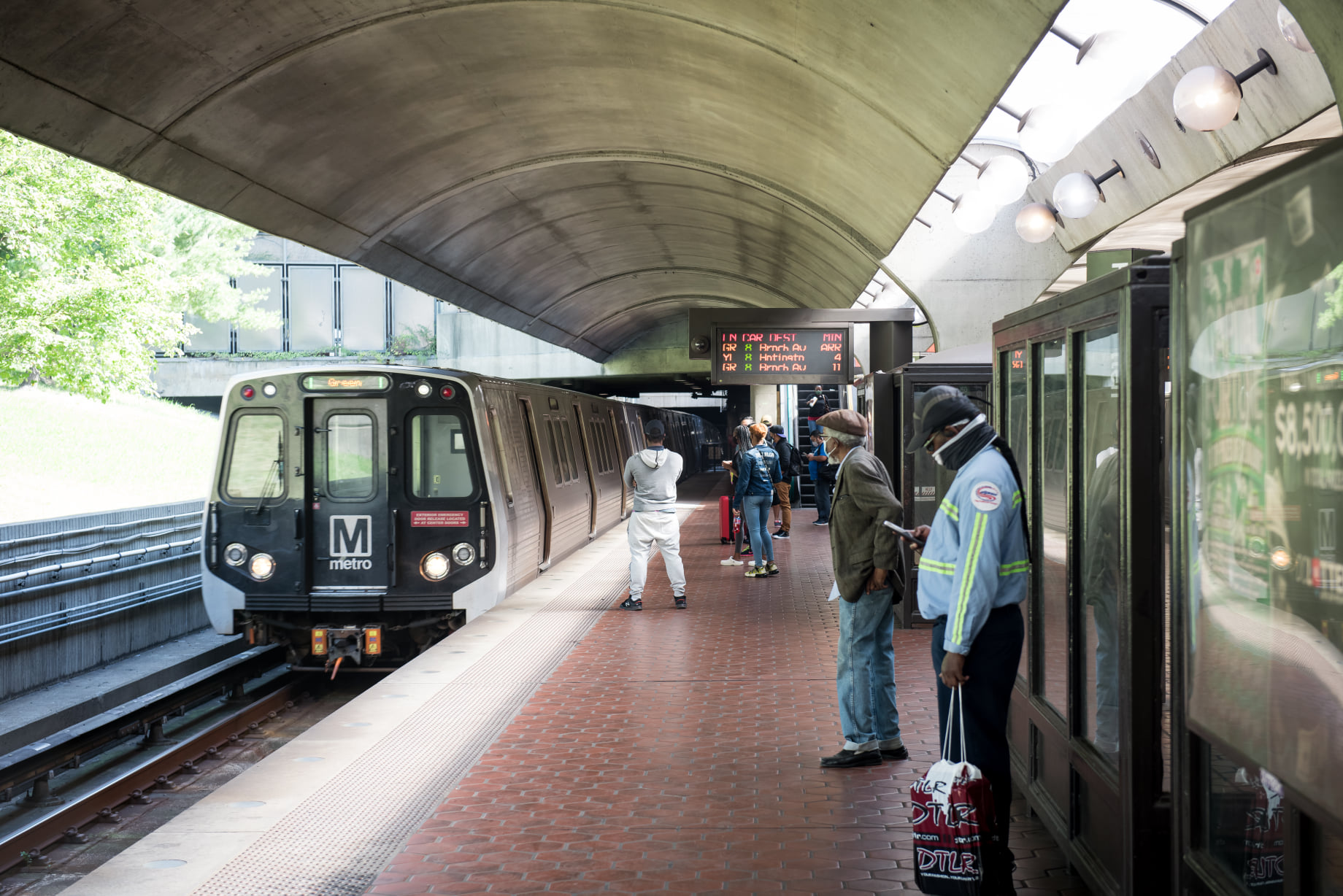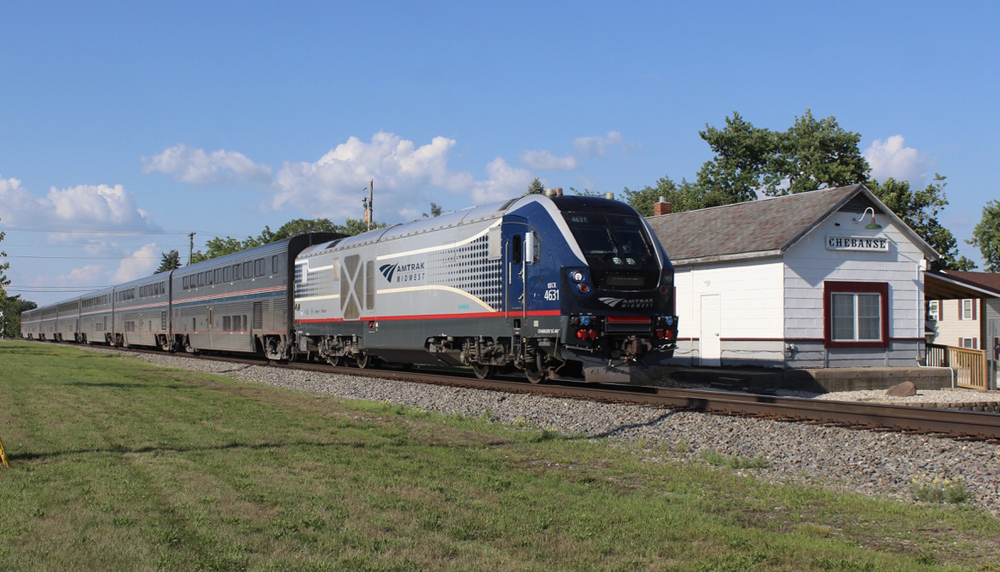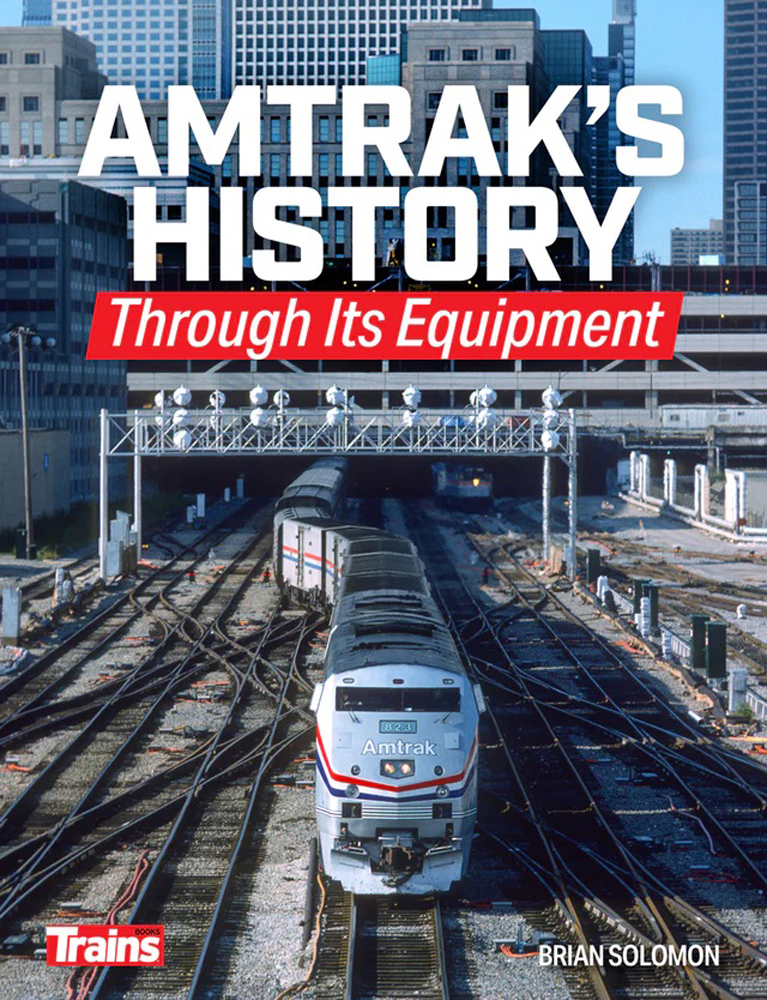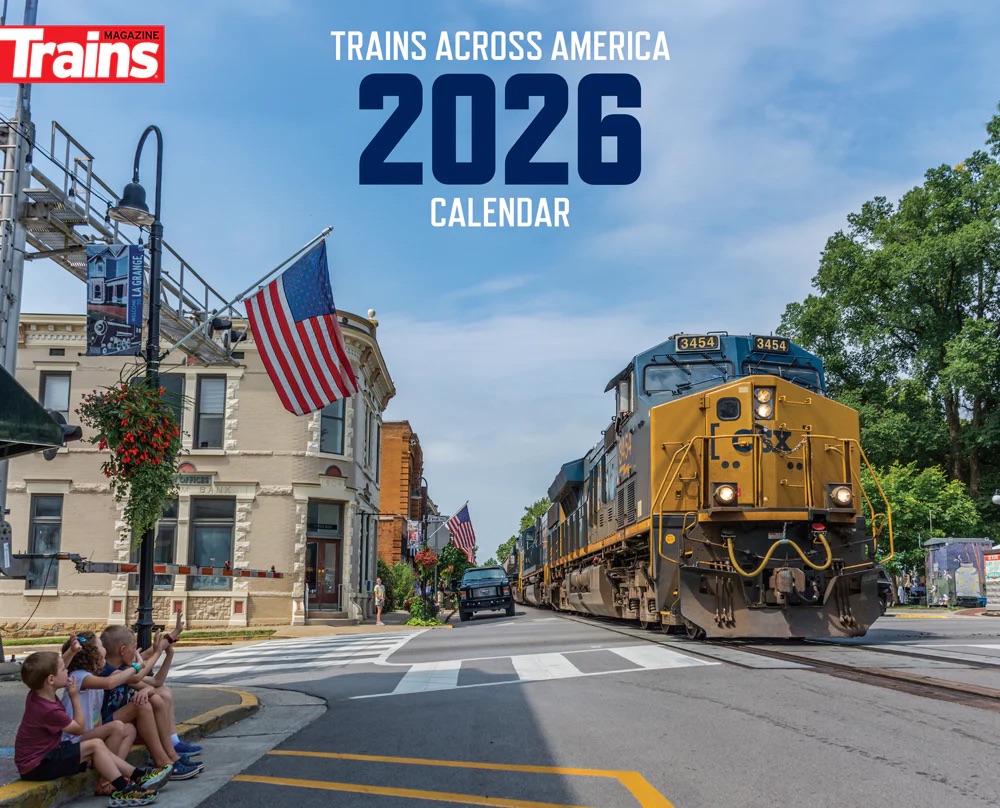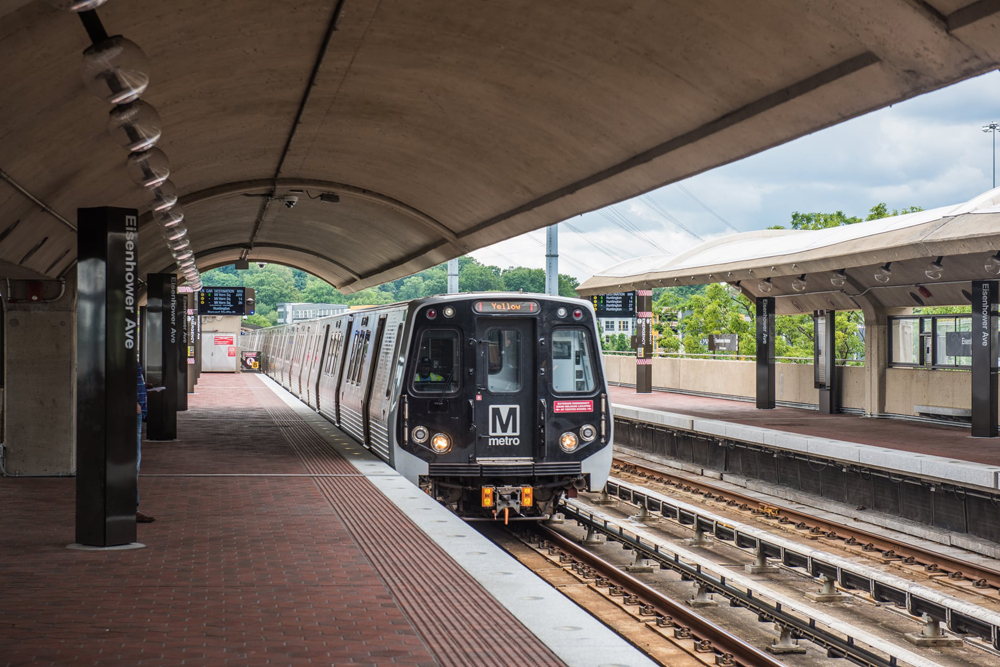
WASHINGTON — DC Metrorail is now operating its entire system with Automatic Train Operation, having expanded use of the automated system to the Blue, Orange, and Silver lines as of today (June 15, 2025).
The system, which was part of Metrorail from its launch in 1976, was shut off in 2009 following a fatal collision. The ATO system was ultimately determined not to have been responsible, but it had remained out of service until its reintroduction on Metrorail’s Red Line six months ago [see “Automatic Train Operation returns …,” Trains News Wire, Dec. 15, 2024]. It was then added to the Green and Yellow lines in May [see “DC Metrorail gets go-ahead …,” News Wire, May 21, 2025].
“This is a major milestone for Metro, and it has been a long time coming,” Washington Metropolitan Area Transportation Authority General Manager Randy Clarke said in a press release. “I want to thank the team for their dedication and commitment to making this happen. This is a win for customers and staff who will experience safer, more reliable rides. Meanwhile, Metro is saving money as ATO is more cost efficient.”
No train has run a red signal since ATO operation resumed, although there have been some issues — still unresolved — with station overruns [see “DC Metrorail still seeking cause …,” News Wire, June 11, 2025]. The independent Washington Metrorail Safety Commission gave its approval to the expansion of ATO on June 12.
With the return of ATO, WMATA also announced that the Metrorail system will restore its original top speed of 75 mph, with portions of the Blue, Orange, and Silver lines seeing speeds increase from 55 mph to 65 mph or 75 in some segements. The move will shave one to three minutes off end-to-end travel times on most lines; the agency says that under ATO, end-to-end travel on the Red Line, its longest, have been cut by eight minutes.
While ATO controls acceleration, deceleration, and speed, operators remain in the train cab to ensure passengers are safely on trains before closing doors, and to monitor operations, track conditions, and other variables. ATO is not used during inclement weather, when maintenance leads to single-track operation, or when track workers are present.
— Updated June 16 at 8:48 a.m. CT to correct date of Safety Commission action to June 12.
